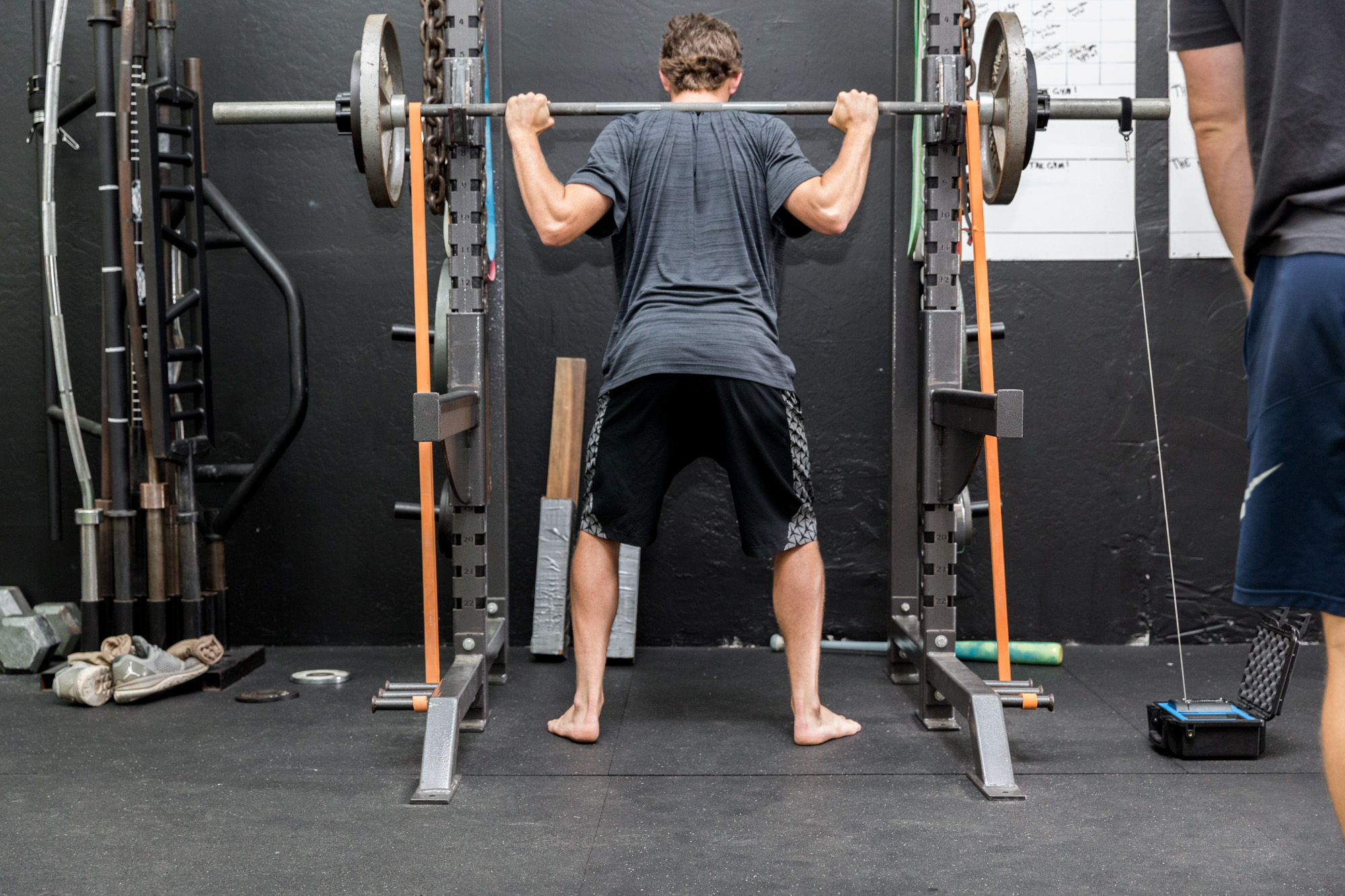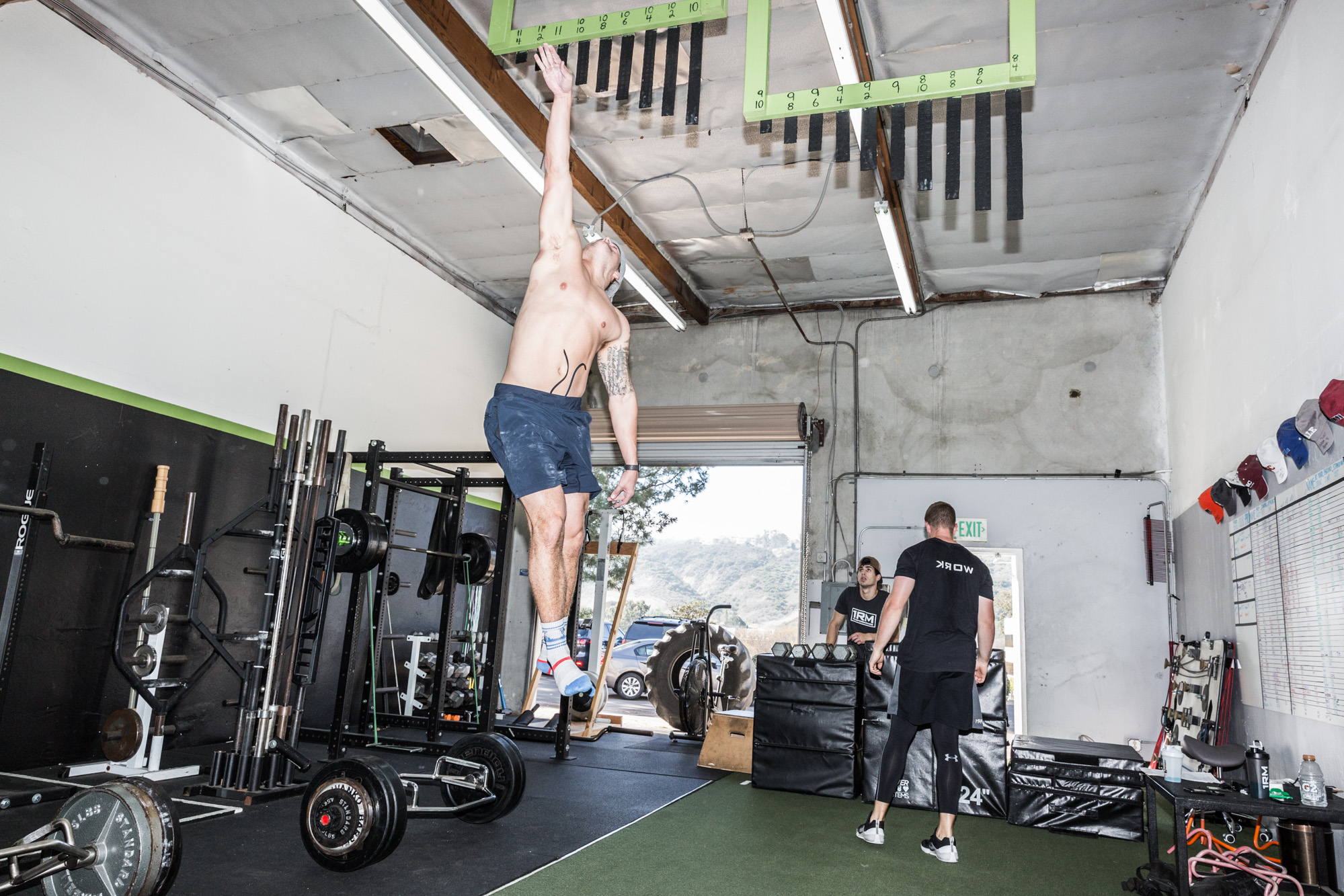Improving The Throwing Athlete Part 1. Generating Lower Body Power. Do You Have What it Takes?
Is your lower half holding you back when you throw? Do you feel like you’re not maximizing your lower body while throwing? The simplest way to see if your lower body is holding you back is to see if your lower body has enough power and strength to begin with. In other words, does your lower body have sufficient power but you are just not using it? Or, are you just so weak and have such little power coming from your lower half that there is nothing there to help you generate speed and power into the ground and down the mound helping you throw.

Lower Body Power Test
Here’s a quick test tha I use to measure the potential throwing velocity in my athletes. What is your standing broad jump distance, vertical jump height, and 10 yard sprint time? If you don’t know, that’s already a problem! These are my throwing velocity indicator exercises! Some of your training should be focused on improving these three tests!

My Lower Body Power Standard to Throw Hard
If you weigh more than 180 lbs and have a 9 ft broad jump, 30 inch vert 1.50 10 yard sprint, you have the lower body power to throw hard. If these are your numbers and you still don’t throw hard, it’s how you’re transferring the force through your lower body that’s holding you back.
If you test terribly and have a broad jump of 7ft, a 20 inch vert, and a 1.89 10 yard sprint, put the weighted balls down, step away from your long toss, and find a gym. Start squatting, jumping, sprinting, hexing, lunging, and pulling now.
Overlooking The Throwing Velocity and Lower Body Power Relationship
Lower body power and lower body strength are THE most OVERLOOKED aspects in improving an athlete’s ability or potential ability to throw hard. You HAVE TO have power in order to generate power! No shit, Right? But, how often is this actually discussed when we talk about athletes who want to throw harder? How often is there an emphasis placed on lower body power for developing throwing athletes? Hardly ever! The things that get discussed amongst the baseball world, especially in the junior high, high school, and college setting, are things like scap loading, hip/shoulder separation, weighted balls, and long toss. All of those are great, if you have the engine to deliver the power to the ball.
Don’t get me wrong, I fully believe everything mentioned above is important and plays a role in throwing harder. Each is a piece of the puzzle, but have been over shadowing what I believe is an incredibly important piece: lower body strength and lower body power.
The Proof
Over the past year, I have seen 4 athletes gain over 12 mph in their throwing velocity, 12 MPH!!!!! At the same time, each kid went from being an unathletic baseball player, to an athletic, fast running, high jumping, impressive broad jumping, double body weight squatting, body weight benching, med ball exploding ATHLETE. These guys also improved on their hip shoulder separation, body positioning and control, and ability to maintain joint positioning. But the biggest thing they improved was their strength and power.
Here is a quick example. Two athletes walk into my gym…for an assessment. Athlete A is a 195lb pitcher. During the assessment, athlete A tests with a 6ft broad jump, an 18” vertical, 1.99 10 yard sprint, and has never squatted their body weight. My first thought when I see this, that is the correct thought, is they don’t throw hard. How do I know? Because Athlete A has no lower body power. I have seen it first hand. You can't throw hard without being powerful! Athlete A is likely throwing low 70’s on the mound. (if you do throw hard with these lower body power numbers watch out world!)
Next in walks athlete B. Athlete B happens to be athlete A’s twin. Contrary to Athlete A, Athlete B has developed impressive lower body power through playing different sports and has a love to lift. During the assessment he jumps a 9’4” broad jump, has a 36” vert, runs a 1.51 10, and can legitimately squat double body weight. If athlete B is throwing often he’s throwing low to mid 90’s. How do I know? Because Athlete B just showed me that he has some serious lower body power. (if he’s not, it’s safe to say we have some lower body mechanic/ force transfer issues going on)
What Do The Pro’s Say
Let’s dive deeper into this idea and look at some stupidly impressive strength and power numbers of guys I know/know of in pro-ball. Clayton Kershaw can squat over 500 lbs. Tim Lincecomb can do a standing backflip (this needs significant lower body power) Hunter Strickland can squat over 600lbs. Aroldis Chapmin can dumbbell press 120’s for 10. My guy Stetson Allie throws 102, can squat 605 and hex over 650. Ian Clarkin has a 34” vert and 9’6 broad jump. Sean Lucas, 10’7” broad jump. Wynston Sawyer at 219 lbs has a 37.1 inch vert, a 9’10” broad jump, can split squat 345 for 5, and. I would bet, that if we took the guys in pro ball that are known to have cannons and tested their lower body power, they would be off the charts!
The First Steps To Improving Your Throwing Velocity Power Potential
Like I mentioned earlier, the first step to getting your lower body involved in pitching is to make sure you have a lower body with enough strength and power to help you. Do a quick broad jump, vertical, and 10 yard sprint test. If you test poorly, start here. For shits and giggles, send me your numbers and I’ll see if my velocity prediction is correct. (I’m starting to compile a data base to bring more validity to my velo indicators)
Before your weighted balls, before your long toss, improve your lower body strength and power! You will be surprised with how much this will improve your ability to use your lower half when you throw.
The Next Step
For those of you that already have a powerful and strong lower body, but still feeling like it doesn’t do enough when you throw, the next article might be what you need. In that article I’ll start diving into the connection between your backside hip, knee, and foot positioning and throwing velocity, mechanics, and transfer of power down the mound like you’ve never heard to seen before.